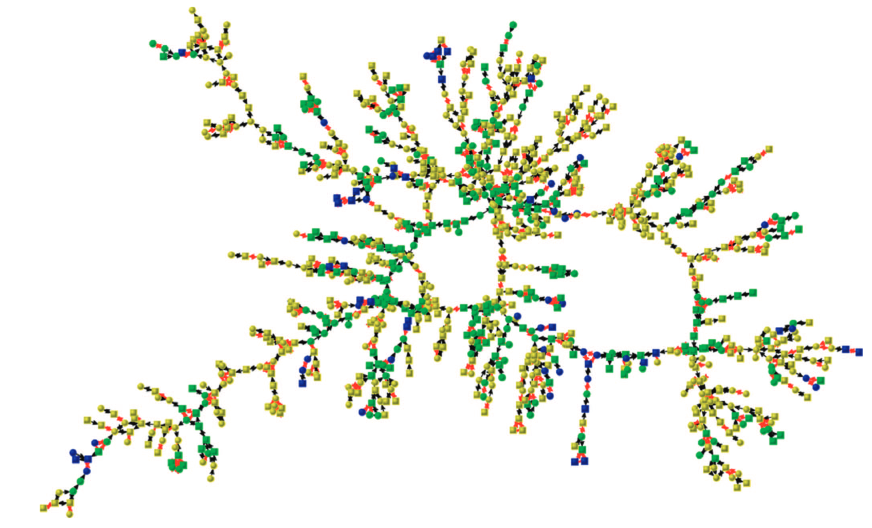
Alone in the Crowd: The Structure and Spread of Loneliness in a Large Social Network
Abstract
The discrepancy between an individual's loneliness and the number of connections in a social network is well documented, yet little is known about the placement of loneliness within, or the spread of loneliness through, social networks. We use network linkage data from the population-based Framingham Heart Study to trace the topography of loneliness in people's social networks and the path through which loneliness spreads through these networks. Results indicated that loneliness occurs in clusters, extends up to three degrees of separation, is disproportionately represented at the periphery of social networks, and spreads through a contagious process. The spread of loneliness was found to be stronger than the spread of perceived social connections, stronger for friends than family members, and stronger for women than for men. The results advance our understanding of the broad social forces that drive loneliness and suggest that efforts to reduce loneliness in our society may benefit by aggressively targeting the people in the periphery to help repair their social networks and to create a protective barrier against loneliness that can keep the whole network from unraveling.
Citation:
97(6): 977-991 (December 2009), "Alone in the Crowd: The Structure and Spread of Loneliness in a Large Social Network" Journal of Personality and Social Psychology, 97(6): 977-991 (December 2009)